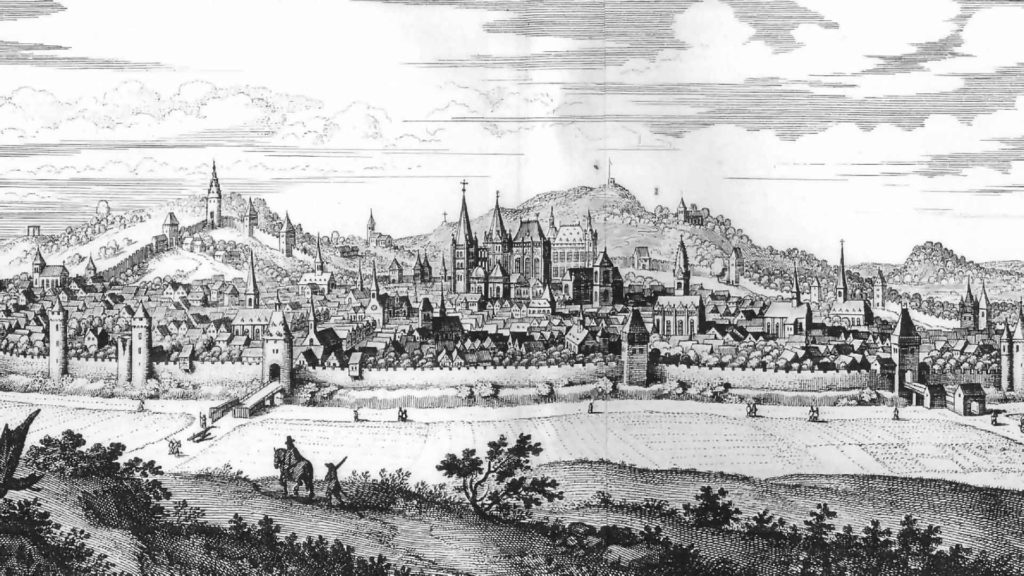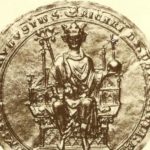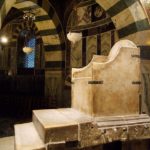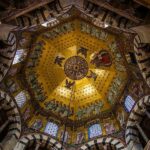Aachen
Most of English medieval history is dominated by conflict with France, but we also find connections between Berkhamsted and the Holy Roman Empire, a vast multi-ethnic territory that once covered Western and Central Europe. It was styled after the former Western Roman Empire, and its emperors were appointed by the Pope.
Aachen Cathedral is one of the oldest cathedrals in Europe. For six centuries, it was the place where Holy Roman Emperors were crowned and were buried, beginning with Charlemagne (748–814), who commanded the cathedral to be built.
In addition to the emperor, there was the title of King of Germany, also known as King of the Romans (Rex Romanorum). These kings were elected by the rulers of the myriad smaller states that made up the patchwork of the empire. In the complex power structure of the Holy Roman Empire, holders of this title usually went on to be crowned Holy Roman Emperor by the Pope.
In 1256, the title of King of the Romans was — unusually — handed to an Englishman, when Richard of Cornwall (1209–1272), brother of King Henry III of England, was elected King of the Romans. Richard resided at Berkhamsted Castle and was the first of a long line of Earls of Cornwall to have possession of Berkhamsted.
Richard was a relatively unpopular choice for King of the Romans — his candidacy was opposed by the states of Saxony, Brandenburg and Trier. Despite this, Richard was crowned King of the Romans on 27 May 1257 by the Archbishop of Cologne, seated on Charlemagne’s throne in the magnificent Cathedral of Aachen (or Aix-la-Chapelle). This title placed Richard just lower than the Holy Roman Emperor. In celebration of his coronation, Richard donated generously towards the construction of a new city hall for Aachen, the Grashaus, opposite the cathedral.
Richard never ascended to become Holy Roman Emperor. Perhaps if 13th-century imperial politics had taken a different turn, Berkhamsted might have become an important centre of European power. It is nevertheless compelling to recall the ancient connection between this small Hertfordshire town and the glories of one of Germany’s holiest sites.
Aachen Cathedral has stood as a centre of Christian worship for a thousand years and today is one of Germany’s most awe-inspiring tourist attractions. Its profound historic significance was recognised in 1978 when UNESCO declared it a World Heritage Site. It is open to visitors and worshippers alike.







